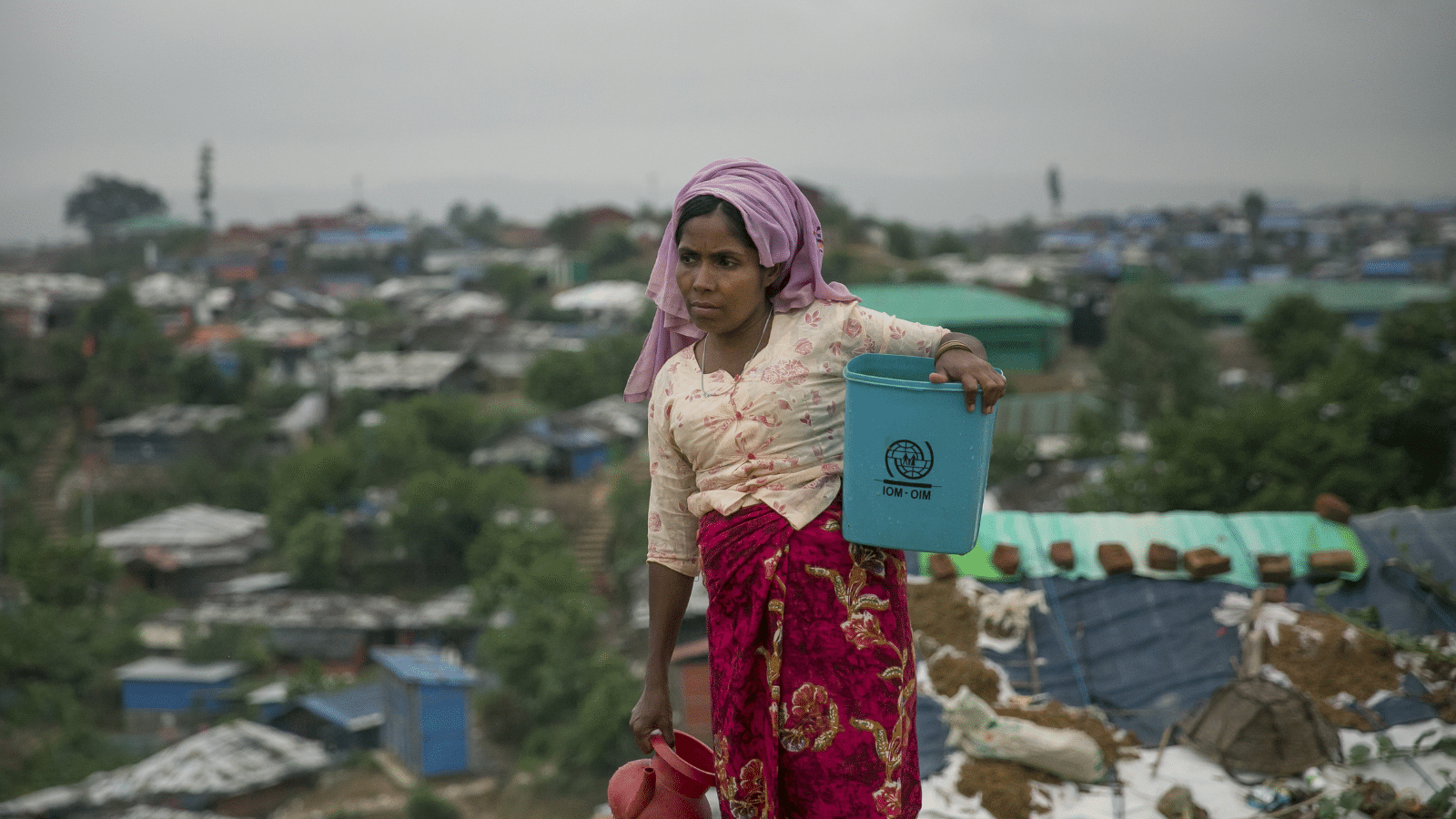The Rohingya people have long faced violence and discrimination in Myanmar. Amid escalating conflict in 2017, hundreds of thousands of Rohingya fled to nearby Bangladesh. At the time, UN Secretary-General António Guterres described the situation as “the world’s fastest-developing refugee emergency and a humanitarian and human rights nightmare.”
Today, more than 960,000 Rohingya refugees are living in refugee camps in Bangladesh, according to the UNHCR.
In this Peace Research Institute Oslo (PRIO) blog, Researcher, Marte Nilsen provides her reflections on the situation for the Rohingya, six years on. “I have visited the refugee camps four times over the years and each time I am struck by how much more desperate it has become since the last time I was there”, writes Nilsen.
“In the beginning, there was a lack of proper health services, trauma treatment, education and future prospects. This is still critical, but in recent years the camps have also become life-threatening.”
Read the full blog “Six Years as Refugees and Still No Refuge” here.
Marte Nilsen is a Senior Researcher at PRIO. She is a Historian of Religions and holds a PhD from Lund University (Sweden). Her research focus is on political and violent conflicts in Southeast Asia, with a particular focus on Myanmar and Thailand, and on the Rohingya crisis.
In her current work, Nilsen investigates how opposition groups in Thailand and Myanmar use popular culture and art to challenge the legitimacy of the authoritarian state. The role of local cultures and religious and spiritual knowledge is of particular interest. In other projects, Nilsen conducts research on identity politics among Rohingya refugees and on the refugees’ own humanitarian and political strategies.
